Thursday, December 19, 2013
Bill Gates buys resort near Puerto Vallarta for $200 million
Looks like the Gates family might have a new vacation home. Or, at least, a nice investment.
Cascade Investment, Bill Gates’ private investment arm, is purchasing the Four Seasons Resort Punta Mita and an adjacent 48-acre parcel of development land for $200 million in cash, according to a filing with the U.S. Securities and Exchange Commission.
The deal is expected to close in early 2014.
John Pinette, the Gates family’s spokesman, declined to comment on what Gates plans to do with the purchase.
It may simply be that Cascade Investment, or Gates, thinks it’s a good time to increase its investment in the Four Seasons hotel chain.
Earlier this year, Cascade Investment bought the Four Seasons Hotel Atlanta for $62 million, according to Hotel Management, and the Four Seasons Hotel Houston for $140 million, according to Bloomberg.
Gates and Prince Alwaleed bin Talal, a Saudi Arabian billionaire, have a 95 percent stake in the chain, according to Bloomberg, which says the two men took the hotel chain private in 2007.
But now, Alwaleed is calling for the company to prepare for an IPO, feeling the time is right, according to The Wall Street Journal. The hotel chain has a new CEO in former real-estate investor Allen Smith and competitor Hilton Worldwide issued its IPO last week.
[Update 4:33 p.m.: Michael Larson, chief investment officer of Cascade Investment, said in a statement:
This is Cascade's third purchase of a Four Seasons property in the past 10 weeks, the investment firm said.]
Cascade Investment, Bill Gates’ private investment arm, is purchasing the Four Seasons Resort Punta Mita and an adjacent 48-acre parcel of development land for $200 million in cash, according to a filing with the U.S. Securities and Exchange Commission.
The deal is expected to close in early 2014.
John Pinette, the Gates family’s spokesman, declined to comment on what Gates plans to do with the purchase.
It may simply be that Cascade Investment, or Gates, thinks it’s a good time to increase its investment in the Four Seasons hotel chain.
Earlier this year, Cascade Investment bought the Four Seasons Hotel Atlanta for $62 million, according to Hotel Management, and the Four Seasons Hotel Houston for $140 million, according to Bloomberg.
Gates and Prince Alwaleed bin Talal, a Saudi Arabian billionaire, have a 95 percent stake in the chain, according to Bloomberg, which says the two men took the hotel chain private in 2007.
But now, Alwaleed is calling for the company to prepare for an IPO, feeling the time is right, according to The Wall Street Journal. The hotel chain has a new CEO in former real-estate investor Allen Smith and competitor Hilton Worldwide issued its IPO last week.
[Update 4:33 p.m.: Michael Larson, chief investment officer of Cascade Investment, said in a statement:
We are a significant investor in Mexico and hold a long-term positive view on the country and its economy. This is an outstanding property asset. Our investment also underscores our confidence in the property’s management team, the leadership of Four Seasons Hotels and Resorts and the strength of the Four Seasons brand overall.Cascade purchased the resort, which is located on a private peninsula within a 400-acre nature preserve, from Strategic Hotels & Resorts, according to the statement from Cascade. The resort will continue to be managed by Four Seasons Hotels and Resorts.
This is Cascade's third purchase of a Four Seasons property in the past 10 weeks, the investment firm said.]
http://blogs.seattletimes.com/microsoftpri0/2013/12/16/bill-gates-buys-resort-near-puerto-vallarta-for-200-million/
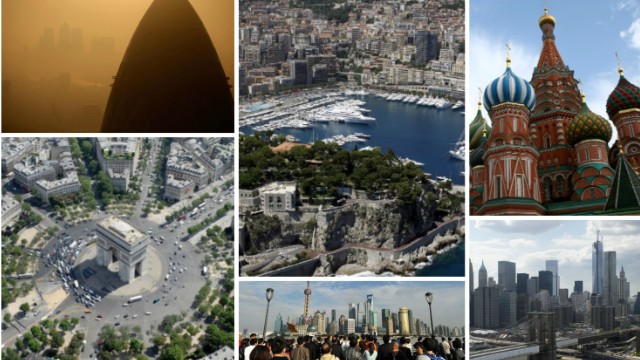 In the rich man's world of
diversified asset portfolios and international investment opportunities,
luxury property in the right market equals hot property.
In the rich man's world of
diversified asset portfolios and international investment opportunities,
luxury property in the right market equals hot property.
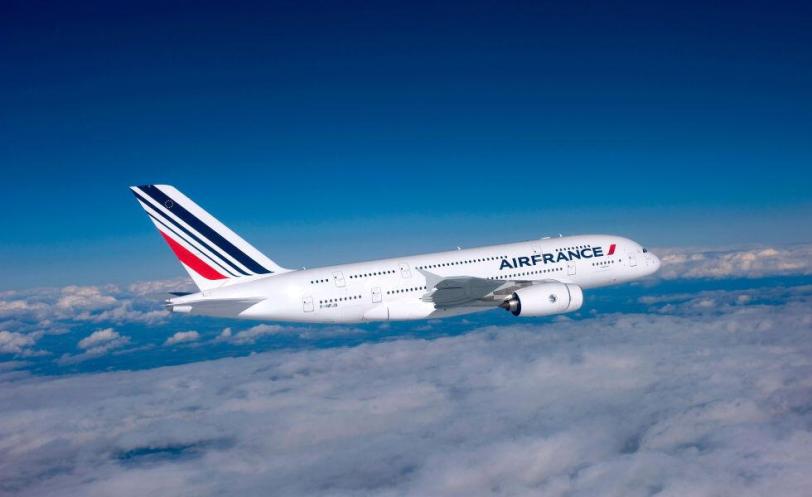



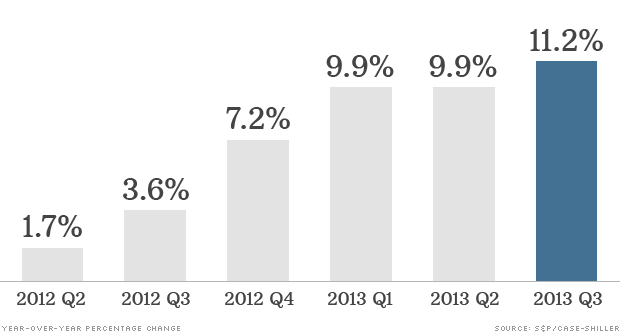
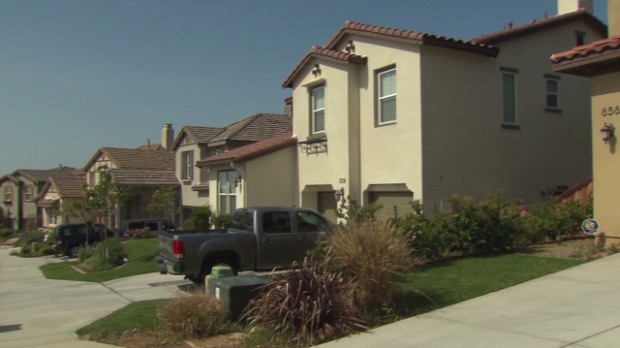

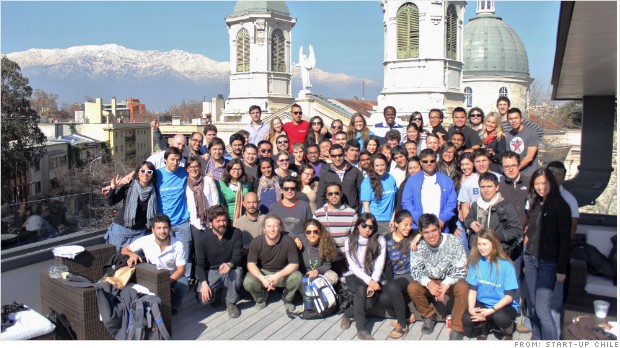 Start-Up
Chile offers $40,000 of equity-free funding to entrepreneurs who move
to Chile for six months to work on their projects.
Start-Up
Chile offers $40,000 of equity-free funding to entrepreneurs who move
to Chile for six months to work on their projects.
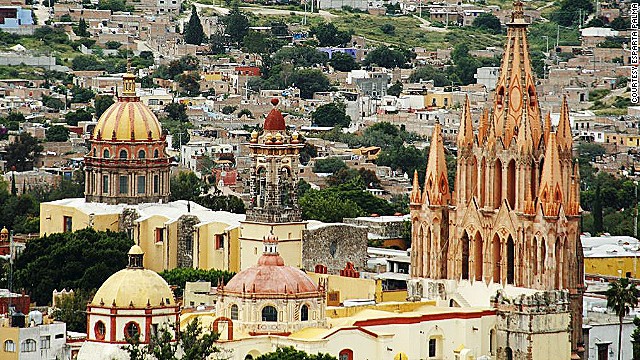 "The lack of
street lights and billboards makes the region romantically and
historically beautiful, and the city itself offers a traditional feeling
of a small town in the heart of Mexico." Which is why this central
Mexican city was voted No. 1.
"The lack of
street lights and billboards makes the region romantically and
historically beautiful, and the city itself offers a traditional feeling
of a small town in the heart of Mexico." Which is why this central
Mexican city was voted No. 1.





